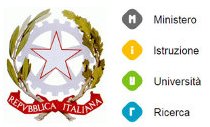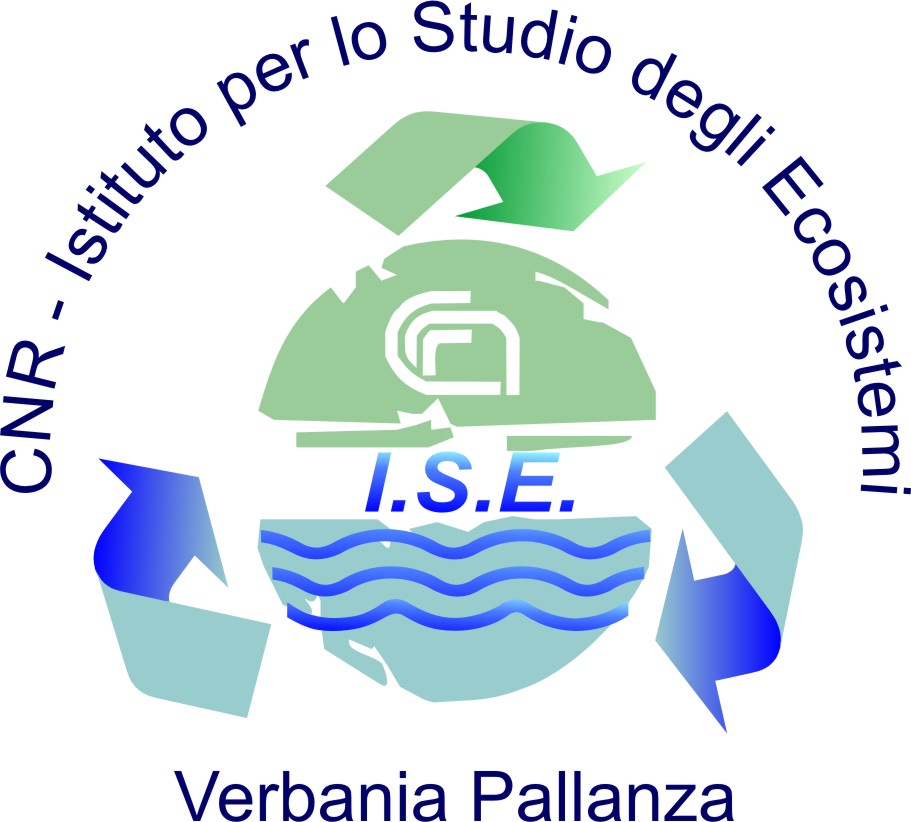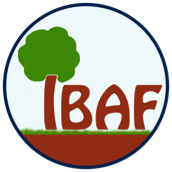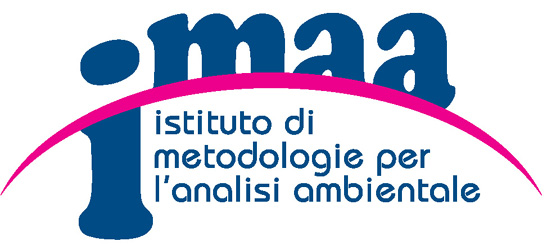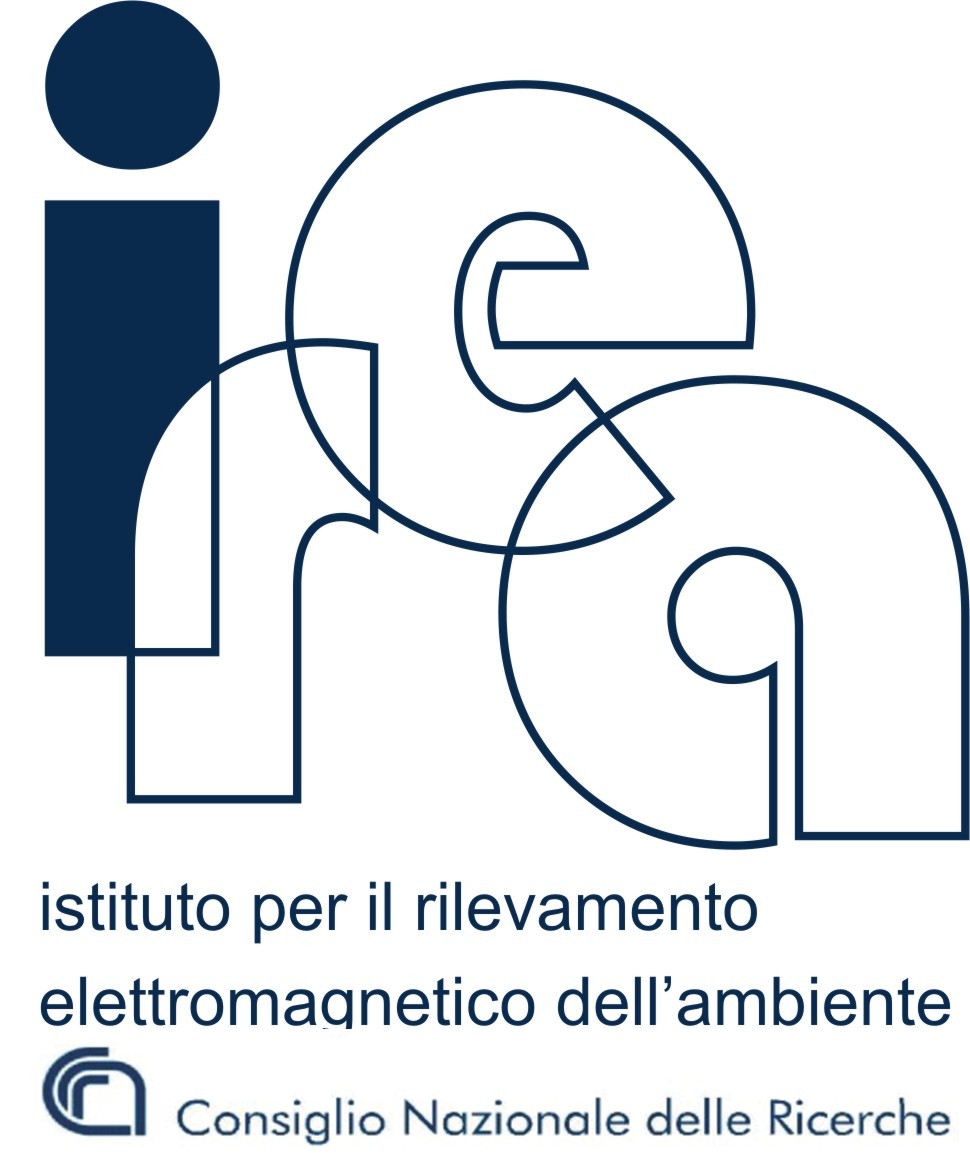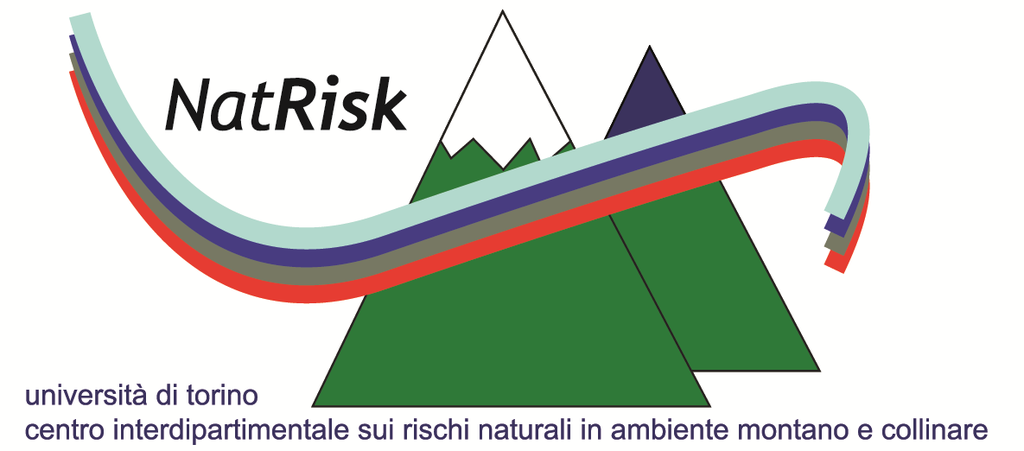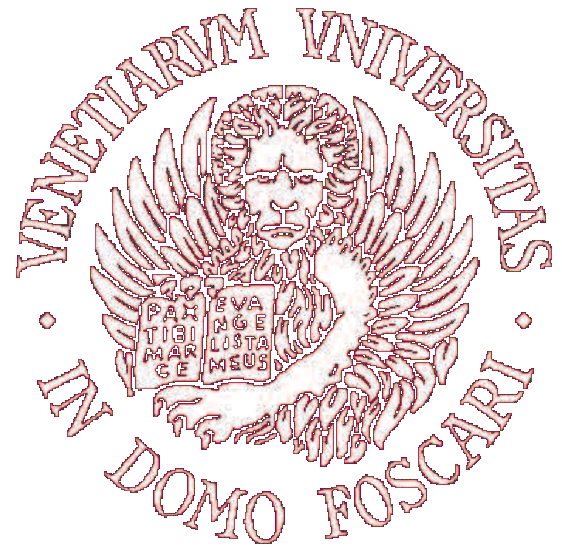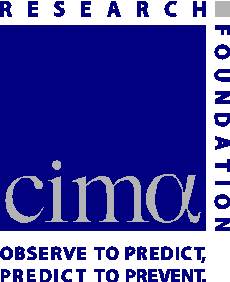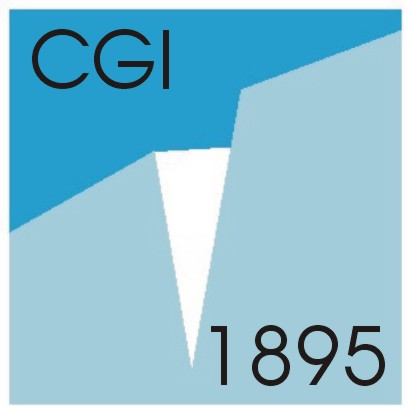You are here
WP 1.4 Paleoclimatic data from mountain and continental regions
Activities
• Task 1. Collection and quality control of paleoclimate data
Ice core drilling data: Climate and environmental records from the Lys and Ortles ice cores were completed and compared with data from other Alpine ice cores.
Lakes and peat bog data: The extrusion, sampling and CS-XRF analysis of lake sediment cores for age dating (210Pb and 14C) was carried out. Extrusion and dating (14C) of the basal sections of Danta di Cadore peat core was performed. Calibration between isotopic ratios in precipitation and in high altitude sphagnum bogs, as functions of the main meteo-climatic variables was done. An accurate dating for two peat cores (Danta di Cadore and Coltrondo), the Ortles ice core and four lake sediment cores. was defined.
Palynological data: The stratigraphic and palynological database were populated with the collected data and metadata. Palynological data were used to reconstruct the history of vegetation in northern Italy for the last 3000 years. The palynological analysis in Danta di Cadore and Coltrondo peat cores were performed. For the Danta di Cadore cores, the work was focused mainly on the samples related to the last 2000 years. For the Coltrondo cores, the resolution of the layers were increased and deeper layers (>2000 years) were analyzed.
Dendrochronology: the NextData database was updated with new metadata and new chronologies collected by new project partners. For the new master ring-width chronologies and for the chronologies of other measured parameters (density, stable isotopes) the quality of the dendroclimatic signal was tested and their integration in the database evaluated. The climate reconstructions were carried out also for those portions of the Alpine territory where dendrochronological or climatic data show a non-optimal coverage (e.g., remote Alpine areas), as well as for the Apennines and the Mediterranean areas. Considering the complex interactions between climate and tree growth, the analysis of the recorded climatic signal is accurate as possible. The construction of stable isotope chronologies from significant sites and from sub-fossil trunks was performed in order to assess the type of climatic signal recorded at secular scale and to obtain additional climate reconstructions. The extension of chronologies from sub-fossil trunks was accomplished also in collaboration with the University of Milan and the University of Pisa.
• Task 2. Definition of transfer functions
Extension back in time of the decennial climate reconstructions and comparison of data with the instrumental or modeled climate series for the definition of the proxy-climate transfer functions was carried out. Reconstruction of paleo-temperatures from the Coltrondo and Danta di Cadore cores was performed. Reconstructions of temperature and precipitation data from dendrochronological information was done. Finally, the assessment of the consistency with the available reconstructions and with the high-resolution climatology for the Italian mountains was made (D1.1C).
• Task 3. Construction of paleoclimate maps over the last 2000 years
A complete Alpine climate summary for the realization of climate maps over the last 2000 years of Northern Italy, derived from the integration of series of the proxy data selected by the NextData project, was created. Paleoclimate reconstructions were carried out by means of transfer functions applied to pollen series selected by the NextData project (Task 2). The processed data were compared and integrated with other available climate proxies in order to perform a multiproxy paleoclimate reconstruction.
Results
The dust concentration (microparticles and calcium records), mainly related to the transport from North Africa seem to have a general feature along the Alpine area. The last 2 decades seem to have higher concentrations, despite the beginning-to-meddle of XX century the level seem to be lower. In reality exists some difficult to interpret these data, because the transport from North Africa across the Mediterranean use different baric mechanisms.
The results show that pollen records obtained from lacustrine/palustrine archives can be used to obtain pollen-inferred reconstructions of climate parameters revealing trends comparable to instrumental data over the last 200 years. Some requirements need to be fulfilled: 1) pollen records must have a robust age control and high sample resolution (ideally less than a decade), 2) proper calibration sets and adequate numerical techniques must be used to develop pollen-climate models and transfer functions to be applied to fossil pollen records. The human activities and their effects in the pollen relative abundances must be considered and evaluated in the process of taxa selection before applying quantitative methods. Reconstructions obtained for the last 3000 years are comparable with other climate proxies such as temperatures obtained from tree-rings. As a future perspective, it is worth experimenting the use of climate indexes that combine different climate parameters, e.g. summer temperature and precipitation in the Alps, or annual precipitation and T winter in regions affected by Mediterranean climates. This would increase the variance explained in modern pollen assemblages from different geographical regions and will improve the potential of pollen data as quantitative climate predictors.
Both the tree-ring and the pollen-inferred reconstructions were calibrated using the modelled site-specific temperatures from an improved version of the climate dataset. The independently obtained summer temperature reconstructions, after adapting the tree-ring series to the time resolution of the pollen series, showed a good correlation (r2=0.6) over the common period 1803-2003.

